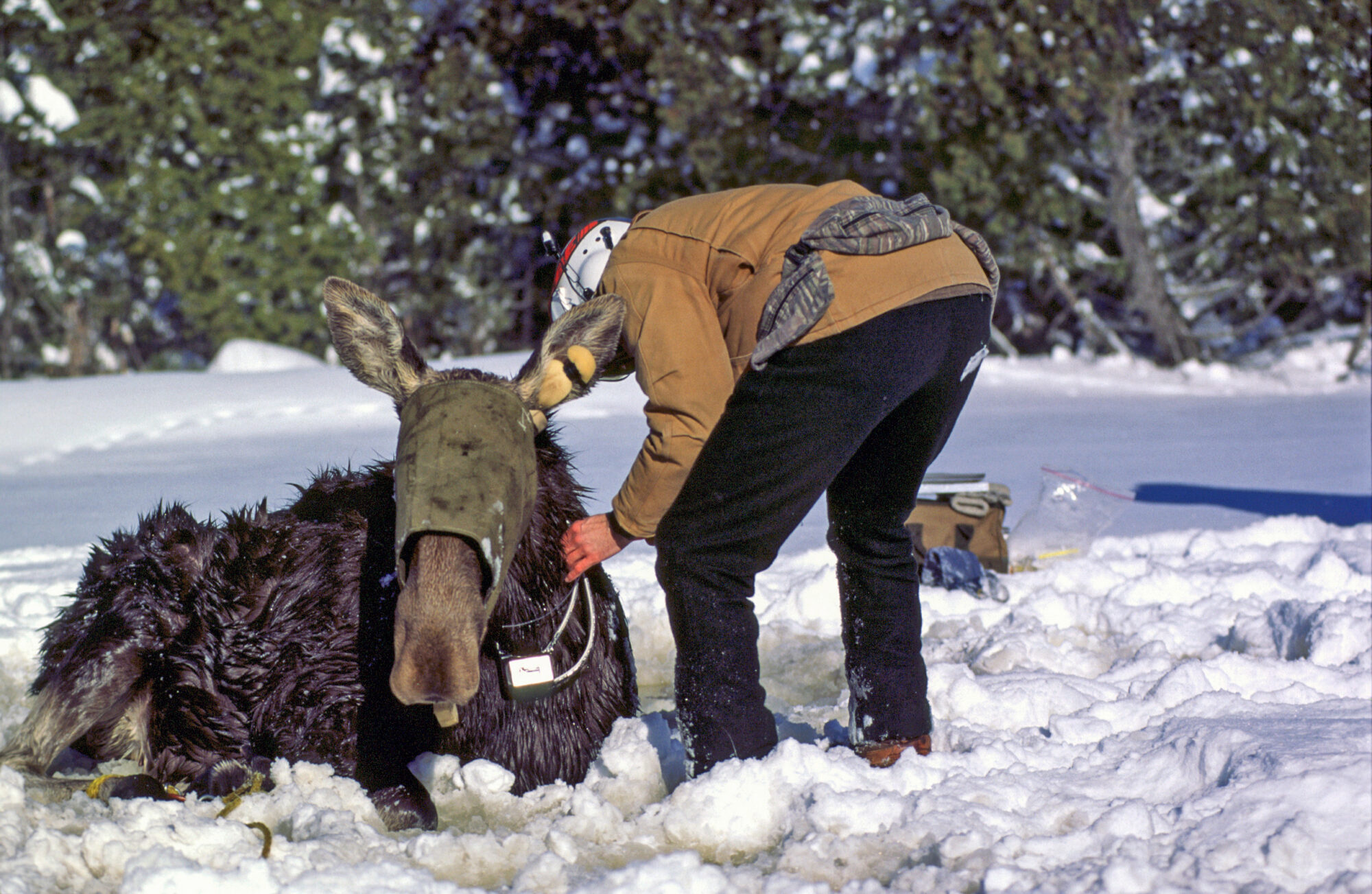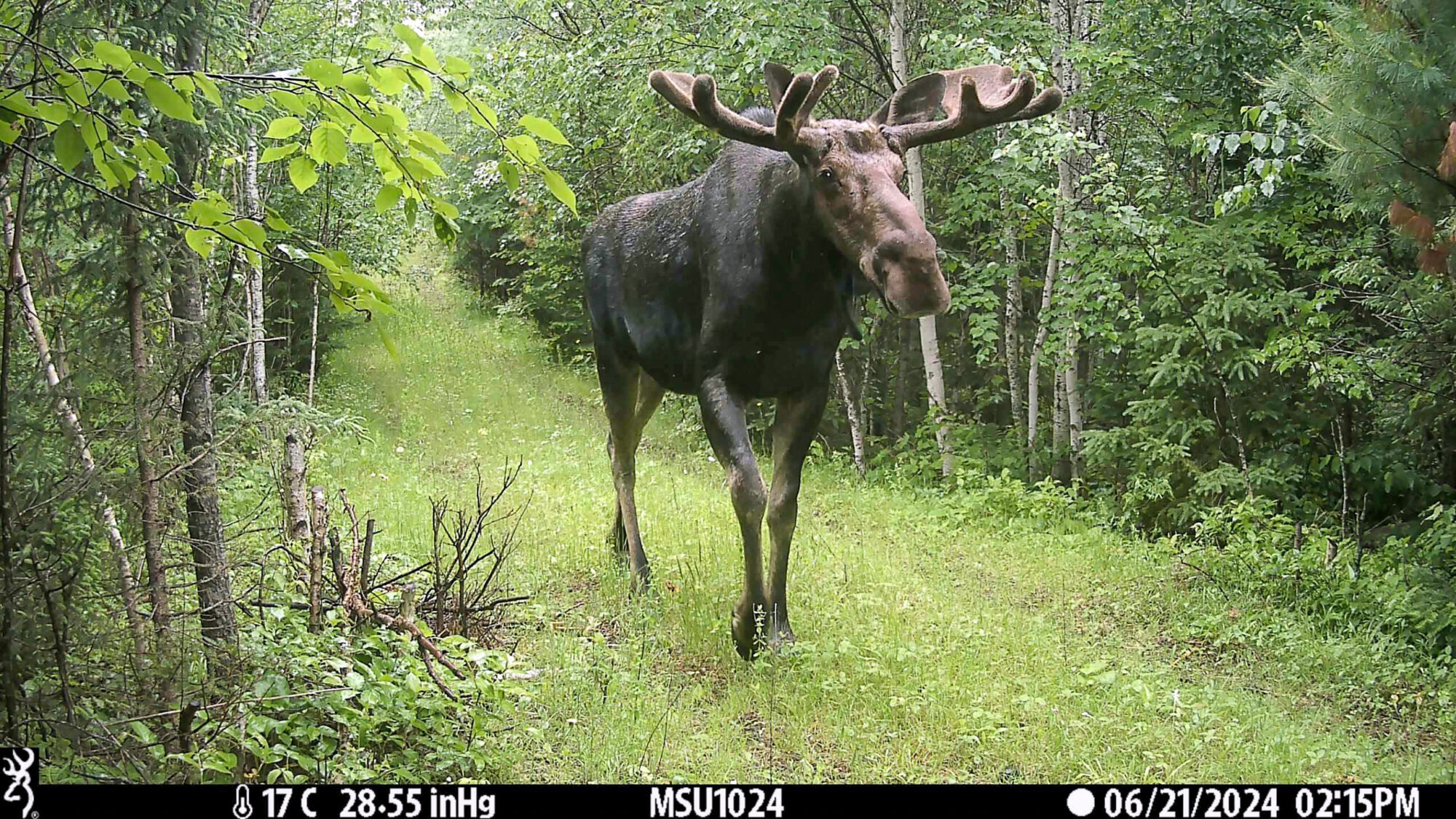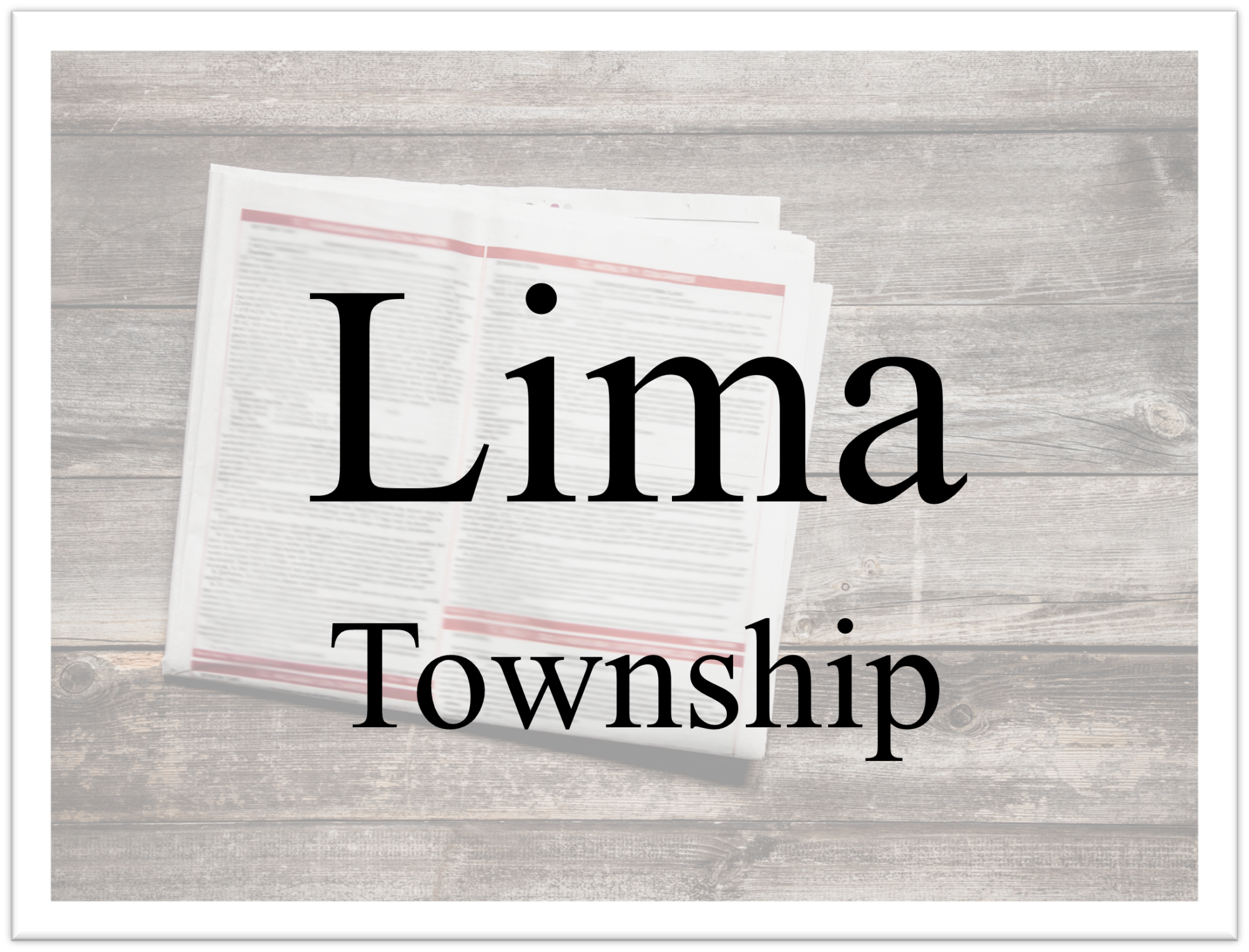Scientists and wildlife experts are teaming up to track and study Michigan’s moose, aiming to uncover why their population growth has slowed in recent years.
By Doug Marrin
A new research project is set to explore why Michigan’s Upper Peninsula moose population has seen stagnated growth over the past decade. Led by the Michigan Department of Natural Resources (DNR), in collaboration with the Keweenaw Bay Indian Community (KBIC) and Northern Michigan University (NMU), the study seeks to identify key factors affecting moose survival and reproduction.
Tracking Moose for Answers
Researchers plan to fit 60 moose with tracking equipment over the next two years, with 20 moose being captured and collared in the first year. The data collected from these radio collars will help scientists monitor moose movement, survival rates, pregnancy occurrences, and potential causes of mortality.
“There is a need to examine why moose population growth in the Upper Peninsula has been stagnant over the past decade,” said Diana Lafferty, associate professor in biology at NMU. “As such, measuring vital rates like reproduction, survival, immigration, emigration, as well as identifying factors that may be limiting moose population growth, such as parasites, disease, predation, vehicle collisions and habitat alteration are essential for understanding and modeling population dynamics.”
Aerial surveys conducted by the DNR since 1997 estimate the western U.P. moose population at 426 individuals, with a possible range between 334 and 518. While the population grew steadily by 10% annually from 1997 to 2007, growth has slowed to less than 1% per year since 2009. Understanding this decline is a key goal of the new study.

History of Moose in Michigan
Moose once roamed widely across Michigan, but unregulated hunting and habitat loss due to European settlement caused their numbers to decline drastically by the early 19th century. By the 1930s, attempts to reintroduce moose failed. However, in the 1980s, a successful effort known as the “Moose Lift” transported 59 moose from Algonquin Provincial Park in Ontario to Michigan’s Upper Peninsula.
The goal was to establish a self-sustaining population. While the western U.P. moose population has grown to over 400 individuals, it remains below the original projection of 1,000 moose by the year 2000. Growth has slowed significantly since 2009, prompting further research into factors affecting the herd’s survival and expansion.

Moose Capture and Data Collection
The capture operation will take place in mid-to-late February, focusing on a 500-square-mile block across the Michigamme Highlands. Spotter planes will locate moose, and helicopters will be deployed to safely sedate the animals. Ground crews will then move in to collect biological data and fit the moose with GPS collars.
Challenges for Michigan’s Moose
Moose face multiple challenges, including habitat changes, disease, and vehicle collisions. Reports indicate that 47 moose have been struck and killed by vehicles in the past three years alone. Researchers will examine factors such as brainworm, a parasite carried by white-tailed deer that is fatal to moose, as well as climate stressors that may be affecting reproduction.
“Both the presence and absence of moose can affect forest growth, creating cascading effects throughout the habitat, impacting deer, birds, insects and plant life,” said Tyler Petroelje, northern Michigan wildlife research specialist for the DNR.
Wildlife managers hope to gain a better understanding of the interconnectedness of species and ecosystems by studying moose population trends in an effort to create better management strategies.






 8123 Main St Suite 200 Dexter, MI 48130
8123 Main St Suite 200 Dexter, MI 48130


